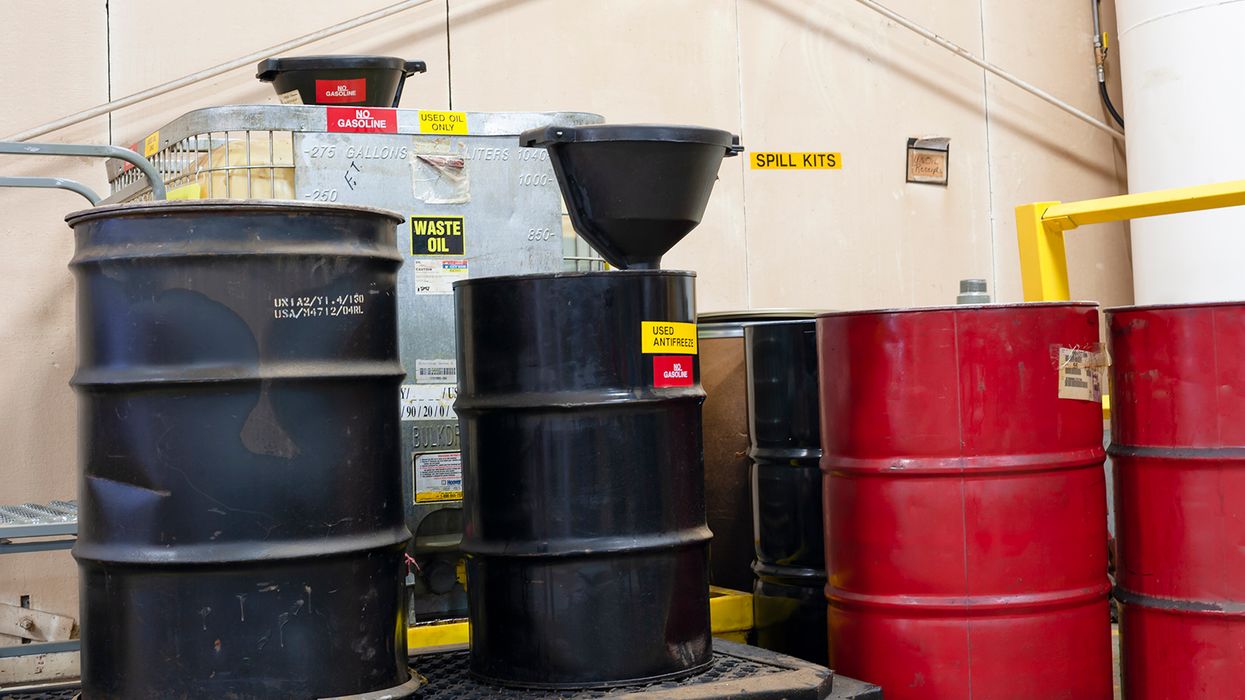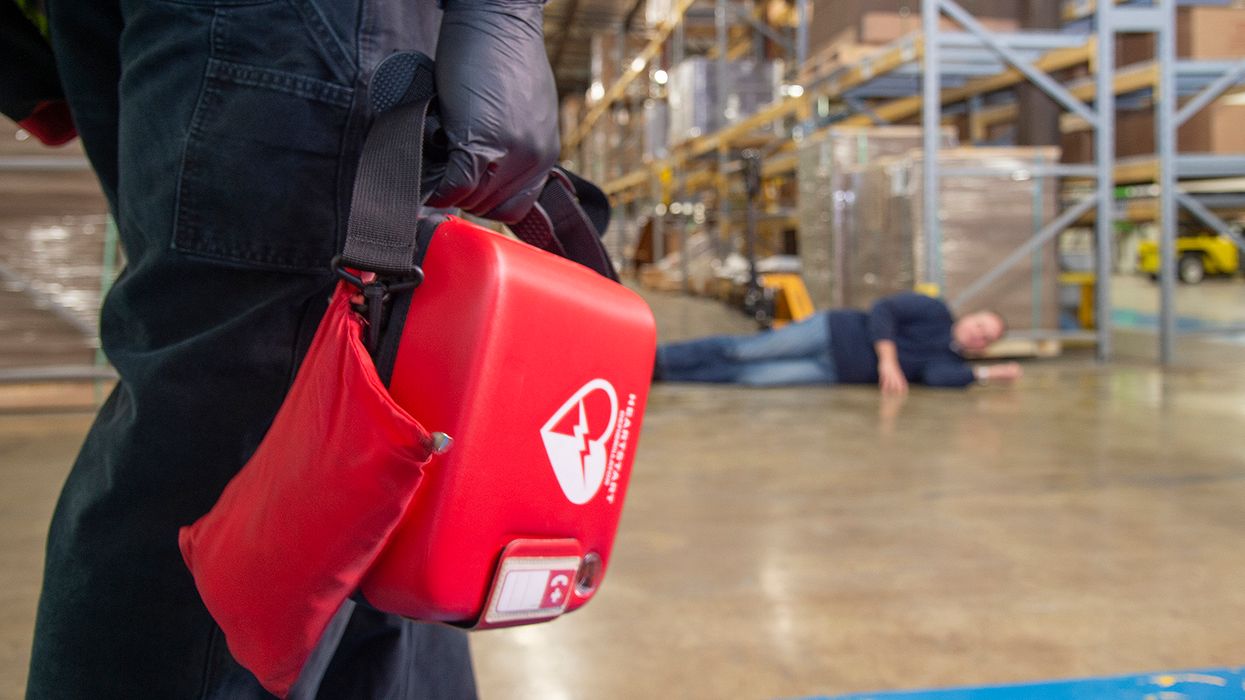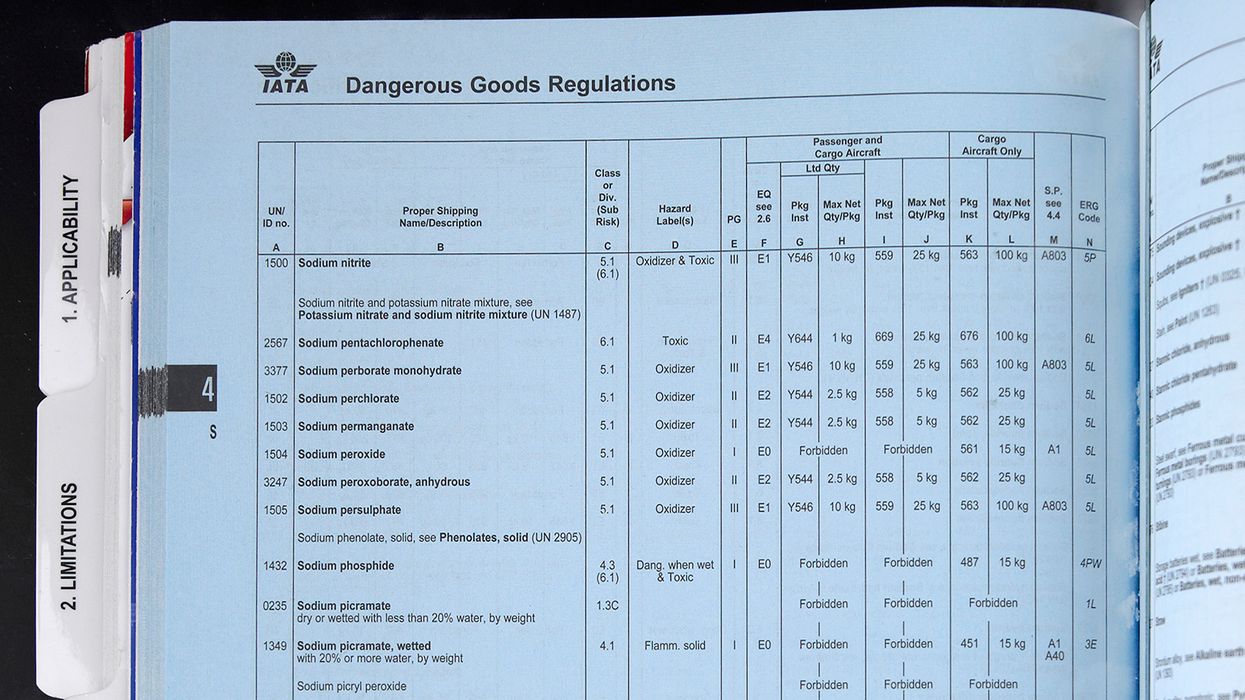Do I need to be on board with safety benchmarking?
Benchmarking is no longer reserved for quality or operations. And though the Occupational Health and Safety Administration (OSHA) doesn’t yet mandate safety benchmarking for employers, would it be worth your while to jump on board?
Started as an industry best practice in the 1930s, benchmarking became more fashionable in the late 1970s when the Xerox Company began analyzing its Japanese competitors to improve the quality of its own products. Their end goal was to determine how competitors were able to accomplish quality and operational efficiencies while doing even better.
Employers can apply the same theory for safety benchmarking with the goal of having the best safety programs or even the fewest incidents. Benchmarking can be both internal (comparing performance against previous years) and external (comparing performance against other organizations). Either way, benchmarking gives valuable insight to help boost workplace safety by developing targeted improvements.
Benefits of benchmarking
Benchmarking is just one more tool in the toolbox to help companies collect and analyze safety data. That data is then used to evaluate their safety performance against previous performance or compared to other organizations in the same or similar industries.
The benefits of safety benchmarking include:
- Establishing clear and meaningful safety and health performance goals;
- Identifying key performance indicators (KPIs);
- Increasing operational efficiency and quality;
- Learning from others’ successes and promoting continuous improvement;
- Motivating employees;
- Securing a competitive advantage for contracts or business; and
- Decreasing workers’ compensation, injury and illness, and insurance costs.
Safety benchmarking is taking things a step further and motivating companies to look beyond their own facilities, or even industry, and investigate best practices not just for regulatory compliance but also for overall safety.
Determining benchmark focal points
Benchmark focal points depend upon the vision of the company. So, the best place to start is by asking a few simple questions:
- Where do you want to be?
- What companies are already there?
- What can you learn from them?
Common focal points for safety benchmarking include:
- Clearly established and structured roles, responsibilities, goals, and expectations;
- Consistent compliance with regulatory requirements and company rules;
- The quality of health and safety plans, policies, and procedures;
- Incident, injury, and near-miss events;
- Reporting and recordkeeping of incidents, injury, and near-miss events;
- Dependable hazard assessments, inspections, and audits;
- The type and quality of training provided to workers; and
- Successful means of performance measurement to determine future targets.
| Interested in learning more? See our ezExplanation on Benchmarking. |
Keys to remember
Benchmarking helps companies evaluate the efficacy of their safety and health training programs to determine opportunities for improvement. Employers should use safety benchmarking to track their performance and gain insight into how higher-performing companies are achieving success.


































































